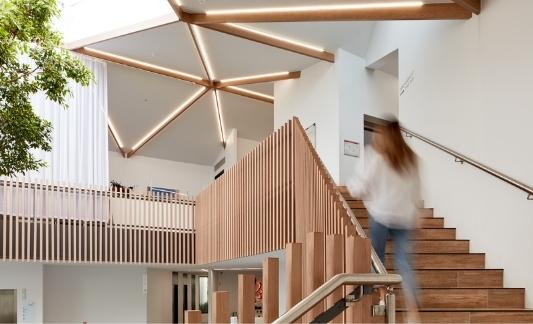Jowl Treatment Melbourne
What are jowls?
Jowls are created when the lower jawline loses definition from the downward movement of fat and loss of skin laxity. The term comes from the Middle English word “cholla,” which refers to “a fullness and looseness of the flesh around the lower cheek and jaw.” It is used in clinical settings when a specific anatomical term is unavailable.
What causes jowls?
Jowl formation is a result of various factors related to facial ageing. While these factors can be seen separately, they are often connected and work together;
- Skin laxity – As we age, the production of collagen and elastin, which keep the skin firm and elastic, decreases, leading to sagging skin and the formation of jowls.
- Fat redistribution – Ageing causes fat pads in the face to redistribute, contributing to the appearance of jowls.
- Bone structure changes – The mandible (jawbone) loses volume and recedes with age, reducing support for the overlying soft tissues and contributing to sagging skin along the jawline.
- Muscle dynamics – downward pull from the platysma muscle may contribute to the loss of jawline definition.
Jowl treatment
Because jowls can have multiple causes that often occur together, treatment may include a combination of methods. Before any treatment can commence, a consultation with a doctor is required to assess the severity of the jowl formation and plan an appropriate treatment;
- A detailed medical history is taken
- The jawline is examined. Skin laxity, volume loss, and muscle dynamics are assessed
- Clinic photos and videos are taken for inclusion in your medical file
- A VISIA skin analysis is performed
- A treatment plan is provided and explained, including information on cost
- The risks and side effects of the treatment are explained, and a consent form is completed before the treatment commences.
Consultations for non-surgical jowl treatments are available with our doctors at our Lower Templestowe, Berwick and Beaumaris clinics.
FAQs
What is non-surgical jowl treatment?
Non-surgical jowl treatment involves techniques designed to treat jawline ageing without surgery. These treatments typically aim to improve skin firmness and reduce the visible effects of ageing by utilising various methods to stimulate collagen production, replace volume loss, and support the skin’s underlying structures.
Is non-surgical jowl treatment permanent?
Treatment for jowls is not permanent. The ageing factors contributing to jowl formation will continue due to the normal ageing process. The longevity of treatment outcomes will vary between patients depending on the severity and the treatment performed.
Who is a suitable candidate for a jowl treatment consultation?
A suitable candidate for a jowl treatment consultation is someone experiencing visible changes along the jawline and seeking to address the signs of ageing in this area. Typically, suitable candidates have noticeable jowls due to natural ageing, genetic factors, or other contributing factors and are looking for non-surgical options. It’s important for candidates to have realistic expectations and be in good overall health.
How much does non-surgical jowl treatment cost?
The cost of non-surgical jowl treatment varies depending on individual needs and the specific treatment plan developed. Because each person’s situation is unique, the total cost can only be determined during a medical consultation, where a tailored treatment plan is created based on your requirements. Consultation fees can be found on our pricing page.
What are the risks and potential side effects of jowl treatment?
All non-surgical jowl treatments come with risks, potential side effects and downtime.
The risks of treatment may include bruising, swelling, infection, redness of the skin, scarring, asymmetrical results, over-treatment or under-treatment.
Why choose Victorian Cosmetic Institute for non-surgical jowl treatments?
Multiple causes may contribute to the formation of jowls, which is why the doctors at the Victorian Cosmetic Institute take a holistic approach when assessing them and prescribing a non-surgical treatment plan.
A medical consultation is required for a thorough assessment. Phone 1300 863 824 and speak to our Customer Care team to schedule your consultation. Alternatively, you can schedule your consultation online.
Last updated July 2024
